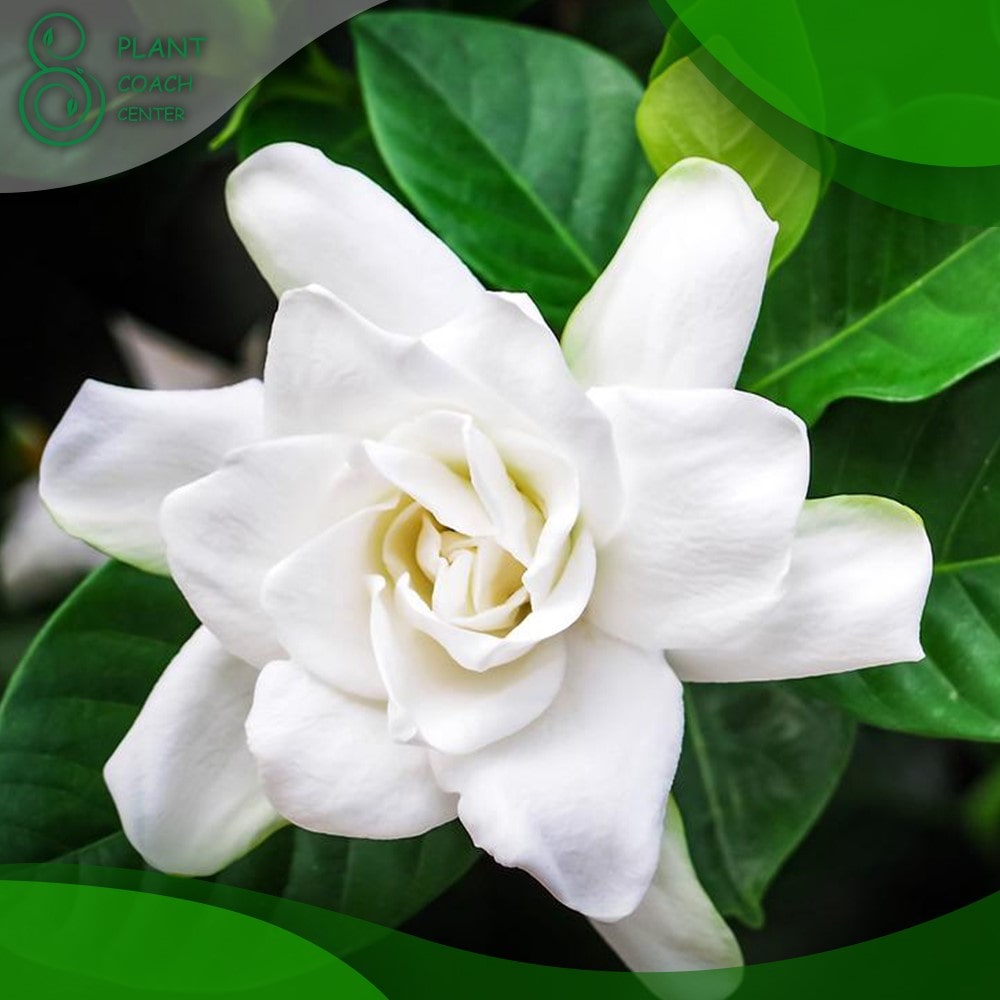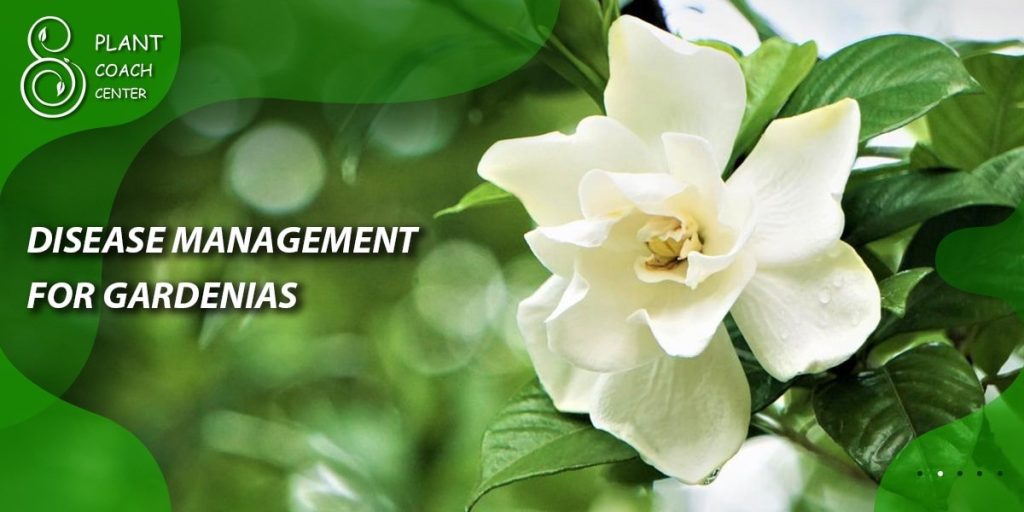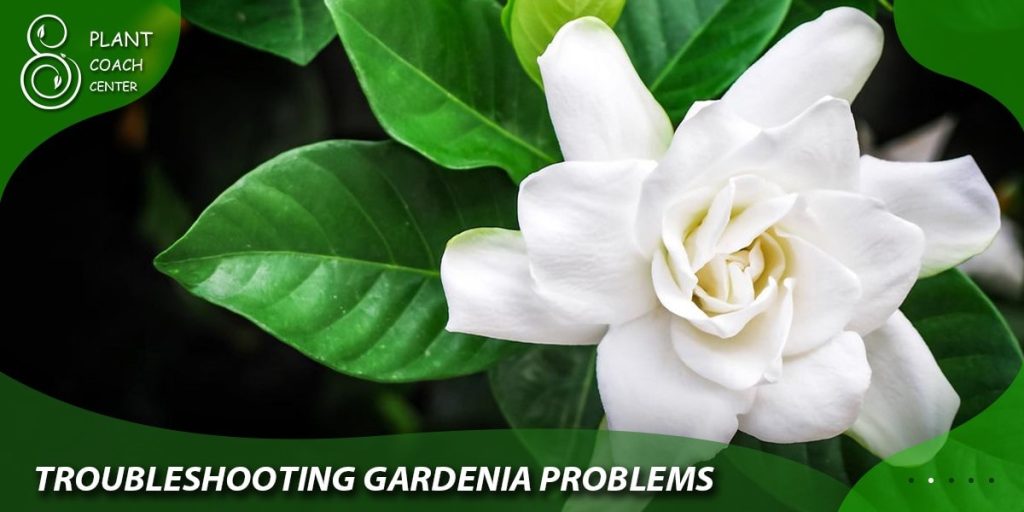When to Cut Back Gardenias
Gardenias are prized for their beautiful, fragrant blooms and lush green foliage. To keep them healthy and thriving, proper plant coaching and timely pruning are essential. In this comprehensive guide, we’ll explore everything you need to know about gardenias, when to cut them back, and how to address common gardenia plant problems.
Gardenias (Gardenia spp.) are evergreen shrubs known for their captivating flowers and delightful fragrance. As a gardener, knowing when and how to prune them is crucial to their overall health and appearance. Additionally, understanding common gardenia problems will help you maintain these beauties with confidence.
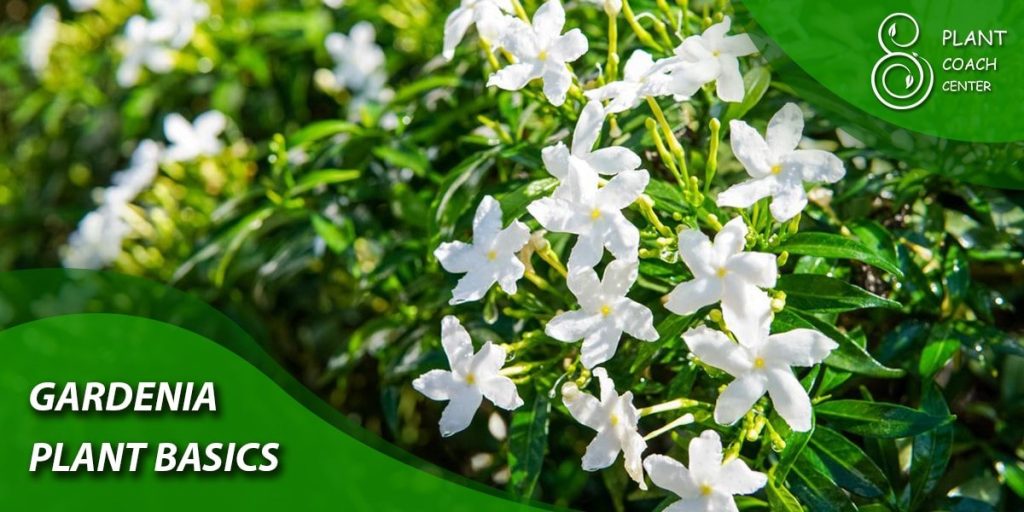
Gardenia Plant Basics
Gardenias come in various species and cultivars, each with unique growth patterns and requirements. Before delving into pruning and problem-solving, it’s essential to grasp the fundamentals:
Gardenia Plant Overview
- Gardenias belong to the Rubiaceae family and are native to Asia, particularly China and Japan.
- These flowering shrubs typically reach a height of 2 to 6 feet (0.6 to 1.8 meters) and have glossy, dark green leaves.
- Gardenia flowers are usually white or cream-colored, and their captivating fragrance adds an exquisite touch to gardens and indoor spaces.
Optimal Growing Conditions for Gardenias
- Sunlight Requirements: Gardenias thrive in partial shade to full sun, but too much direct sunlight can scorch their leaves.
- Soil Type and pH: They prefer well-draining, slightly acidic soil (pH 5.0 to 6.0) rich in organic matter.
- Watering Needs: Keep the soil consistently moist but not waterlogged. Gardenias are sensitive to both drought and overwatering.
- Temperature and Humidity: These plants prefer moderate temperatures between 65°F to 75°F (18°C to 24°C) and high humidity levels.
The Art of Plant Coaching
Plant coaching is the practice of guiding plant growth through various techniques to enhance their health, shape, and flowering potential. For gardenias, plant coaching offers several benefits:
- Improved Aesthetic Appeal: Pruning helps maintain a tidy and well-shaped appearance.
- Enhanced Growth: Proper coaching stimulates new growth and improves overall plant health.
- Controlled Size: Pruning controls the size of the gardenia, preventing it from becoming overly leggy or outgrowing its space.
- Maximized Flower Production: Strategic pruning can encourage more flowers and longer blooming periods.
Plant Coaching Techniques for Gardenias
- Pruning for Aesthetic Appeal:
- Remove dead, diseased, or damaged branches to maintain a tidy appearance.
- Shape the shrub to complement its surroundings.
- Encouraging Healthy Growth:
- Cut back overgrown stems to encourage new growth from the base.
- Pinch off faded flowers to promote additional blooming.
- Shaping and Controlling Size:
- Regularly prune to control the size and shape of the gardenia.
- Use heading cuts to shorten branches and shape the shrub.
- Maximizing Flower Production:
- Prune after the flowering season to stimulate new bud development.
- Avoid heavy pruning close to the flowering period to prevent flower loss.
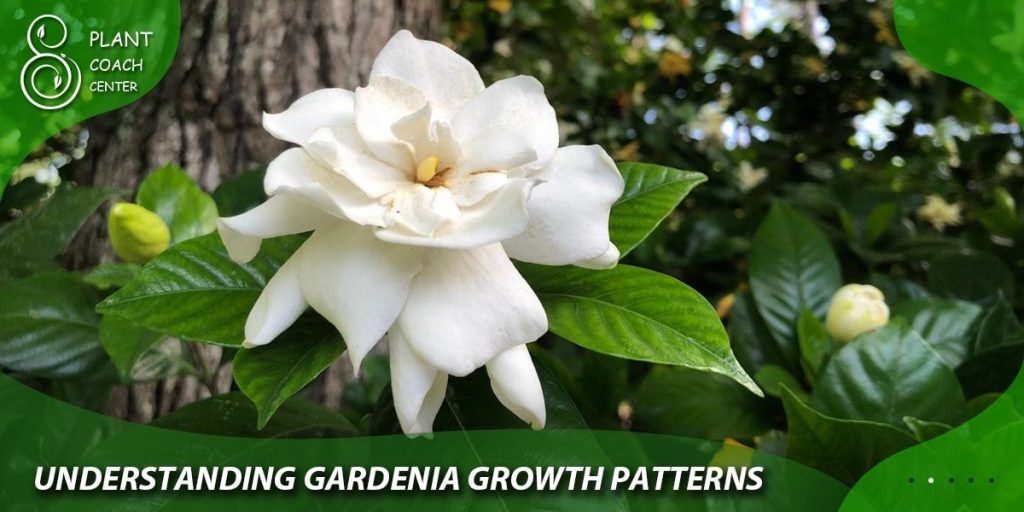
Understanding Gardenia Growth Patterns
Gardenias undergo various growth phases throughout their life cycle. Understanding these patterns will help you determine the best times for pruning and care:
Gardenia Life Cycle
- Seedling and Early Growth:
- Gardenias start as seeds or cuttings, establishing their root system and initial growth.
- Vegetative Growth:
- The plant produces more leaves, branches, and stems, becoming more robust.
- Flowering and Reproduction:
- Mature gardenias bloom with fragrant flowers, attracting pollinators for reproduction.
- Dormancy and Winter Care:
- In colder climates, gardenias may enter a dormant phase, requiring specific care during winter.
Identifying Gardenia Problems
Gardenias, like any other plants, can face various challenges due to pests, diseases, and environmental factors. Being able to identify these problems is crucial for effective troubleshooting:
Common Gardenia Plant Issues
- Yellowing Leaves and Nutrient Deficiencies:
- Yellowing leaves can indicate nutrient deficiencies, such as iron or magnesium.
- Soil testing can help identify and address specific nutrient imbalances.
- Pest Infestations and Diseases:
- Common pests include aphids, scales, mealybugs, and whiteflies.
- Diseases may include leaf spot, powdery mildew, and root rot.
- Wilting and Watering Problems:
- Wilting can occur due to underwatering, overwatering, or root issues.
- Check soil moisture levels regularly and adjust watering accordingly.
- Environmental Stressors:
- Extreme temperatures, high winds, and improper planting locations can stress gardenias.
- Providing suitable protection during harsh conditions can help the plant recover.
Diagnosing Gardenia Problems
- Visual Inspection:
- Examine the plant’s leaves, stems, and flowers for any signs of abnormalities.
- Look for discoloration, wilting, spots, pests, or other visible issues.
- Soil Testing:
- Conduct a soil test to determine pH and nutrient levels.
- Adjust soil amendments based on the test results to correct deficiencies.
- Pests and Disease Identification:
- Research common pests and diseases affecting gardenias to identify specific symptoms.
- Use insecticidal soaps or horticultural oils for pest control, and appropriate fungicides for diseases.
- Analyzing Environmental Factors:
- Assess the plant’s growing environment for potential stressors.
- Modify the environment if necessary, such as providing shade during hot days.
Pruning Techniques for Gardenias
Pruning is a fundamental aspect of gardenia care. By following proper pruning techniques, you can keep your gardenias looking their best and ensure their long-term health:
Pruning 101: The Basics of Gardenia Pruning
- Timing: Prune gardenias in late winter or early spring, after the flowering period.
- Tools: Use clean and sharp pruning shears or loppers to make precise cuts.
- Sanitization: Disinfect pruning tools before and after each use to prevent the spread of diseases.
Best Time to Prune Gardenias
- Prune after the flowering season to promote new growth without sacrificing blooms.
Tools and Equipment for Pruning Gardenias
- Pruning Shears: Ideal for small branches and precise cuts.
- Loppers: Suitable for thicker branches that require more leverage.
- Hand Saw: Useful for larger branches or major pruning tasks.
Step-by-step Guide to Pruning Gardenias
- Pruning Dead and Diseased Branches:
- Identify and remove any dead, damaged, or diseased branches first.
- Cut back to healthy tissue, making clean, angled cuts.
- Shaping and Trimming for Aesthetics:
- Trim back overgrown branches to maintain the desired shape and size.
- Create a balanced appearance by cutting back uneven growth.
- Hard Pruning and Renovation Pruning:
- If the gardenia is severely overgrown, consider hard pruning to rejuvenate the plant.
- This involves cutting back the entire shrub, leaving only a few inches above the ground.
- Pruning After Flowering:
- Once the flowering season is over, prune lightly to encourage new buds for the next season.
- Avoid heavy pruning during this time to prevent removing potential flower buds.
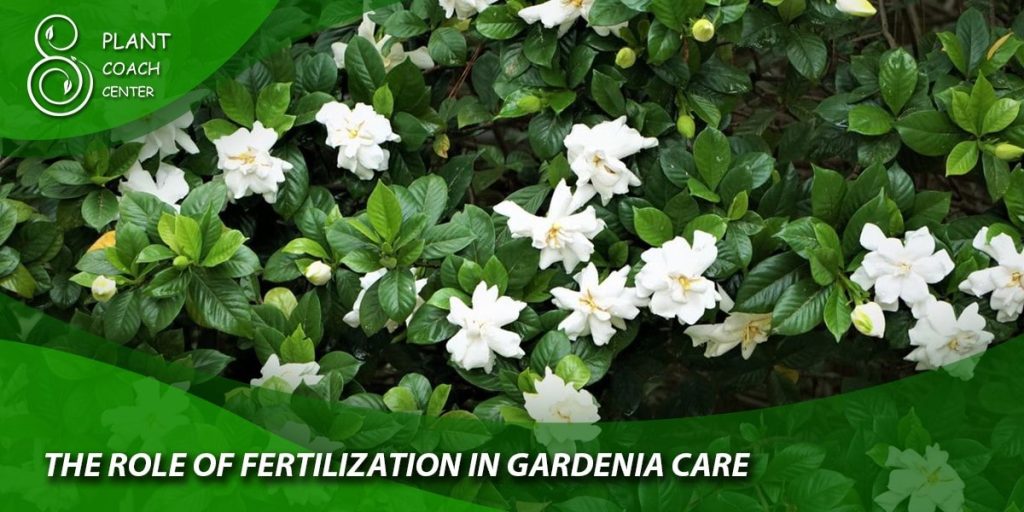
The Role of Fertilization in Gardenia Care
Fertilization plays a vital role in providing gardenias with essential nutrients for healthy growth and vibrant blooms. Understanding their nutritional needs and proper fertilization techniques will ensure optimal plant health:
Understanding Gardenia Nutritional Needs
- Major Nutrients: Gardenias require nitrogen (N), phosphorus (P), and potassium (K) in balanced amounts for overall health.
- Minor Nutrients: Micronutrients like iron, magnesium, and zinc are also critical for gardenia growth.
Types of Fertilizers for Gardenias
- Granular Fertilizers: Slow-release granules provide a steady supply of nutrients over an extended period.
- Liquid Fertilizers: Quick-acting liquid fertilizers are absorbed rapidly by the plant.
- Organic Fertilizers: Compost, well-rotted manure, or organic formulations are excellent options for eco-friendly gardening.
Fertilization Schedule and Application Techniques
- Frequency: Apply fertilizer every 4-6 weeks during the growing season, starting in early spring and ending in late summer.
- Dilution: Follow the manufacturer’s instructions for dilution rates of liquid fertilizers.
- Avoid Overfertilization: Excessive fertilizer application can lead to nutrient imbalances and damage the plant.
Addressing Over-Fertilization and Nutrient Imbalance
- Signs of over-fertilization include leaf burn, wilting, and slow growth.
- To correct nutrient imbalances, adjust the fertilizer type or use specific formulations designed for gardenias.
Gardenia Pest Management
Pests can pose significant threats to gardenia plants, affecting their growth and overall health. Implementing effective pest management strategies will safeguard your gardenias:
Common Gardenia Pests and Their Identification
- Aphids: Tiny, soft-bodied insects that cluster on new growth, sucking plant sap.
- Scales: Small, immobile insects that attach to stems and leaves, draining sap and causing yellowing.
- Mealybugs: White, cottony insects that infest leaf axils and stems, weakening the plant.
- Whiteflies: Small, white insects that fly around when disturbed, typically found on the underside of leaves.
Natural and Chemical Pest Control Methods
- Natural Predators: Encourage beneficial insects like ladybugs and lacewings to control aphids and mealybugs.
- Insecticidal Soaps and Oils: Use these products to smother soft-bodied insects like aphids and mealybugs.
- Horticultural Oils: Effective for controlling scales and other insect pests by suffocating them.
Preventing Pest Infestations
- Maintain a clean garden environment, removing plant debris and weeds that can harbor pests.
- Regularly inspect gardenias for early signs of pest infestations and take prompt action if detected.
Dealing with Persistent Pests
- If natural and less-toxic methods are ineffective, consider using chemical insecticides.
- Always follow the manufacturer’s instructions when using chemical controls, and avoid harming beneficial insects.
Disease Management for Gardenias
Gardenias can fall prey to various diseases, affecting their appearance and vitality. Prompt disease management is crucial for keeping gardenias healthy:
Identifying Gardenia Diseases and Symptoms
- Leaf Spot: Caused by fungal pathogens, resulting in circular, dark spots on leaves.
- Powdery Mildew: A fungal disease that creates a white, powdery coating on leaves.
- Root Rot: Caused by waterlogged soil, leading to root decay and wilting.
Fungal, Bacterial, and Viral Infections
- Fungal Infections: These are common in gardenias, especially in humid and damp conditions.
- Bacterial Infections: Typically manifest as ooze, cankers, or yellowing leaves with dark veins.
- Viral Infections: Rare but can cause mottling, distortion, and stunting of plant growth.
Preventive Measures for Disease Control
- Plant gardenias in well-draining soil to avoid waterlogged conditions that promote fungal diseases.
- Ensure proper spacing between plants to allow for good air circulation and reduce humidity around the foliage.
Treatment Options for Infected Gardenias
- Fungicides: Apply fungicidal sprays to control fungal diseases like powdery mildew and leaf spot.
- Bactericides: Use bactericidal treatments to manage bacterial infections.
- Viral Management: Unfortunately, there is no cure for viral infections, so focus on prevention and maintaining overall plant health.
Caring for Gardenias in Different Seasons
Gardenias have distinct care requirements in each season. Understanding these seasonal variations will help you provide the best care for your plants:
Spring Care Tips
- Pruning: Conduct light pruning after the flowering period to encourage new growth.
- Fertilization: Apply a balanced fertilizer to support growth and flowering.
- Pest Control: Monitor for pest activity and take preventive measures to keep them in check.
Summer Care Tips
- Watering: Increase watering frequency during hot summer days to prevent dehydration.
- Shade Protection: Shield gardenias from intense afternoon sunlight to avoid leaf scorching.
- Mulching: Apply a layer of organic mulch to conserve soil moisture and suppress weed growth.
Autumn Care Tips
- Fertilization: Apply a slow-release fertilizer to support root growth during the colder months.
- Pruning: Lightly prune to remove dead or overgrown branches before winter sets in.
Winter Care Tips
- Winter Protection: In colder climates, cover gardenias with burlap or horticultural fleece to shield them from frost and cold winds.
- Watering: Reduce watering during the dormant period to prevent root rot in waterlogged soil.
Troubleshooting Gardenia Problems
Gardenias may encounter specific issues that require immediate attention. Here are some common problems and their solutions:
Yellow Leaves and Leaf Drop
- Cause: Yellowing leaves may result from nutrient deficiencies, overwatering, or pests.
- Solution: Adjust watering practices, fertilize as needed, and address any pest infestations.
Lack of Flowering
- Cause: Improper pruning or environmental stress can inhibit flower production.
- Solution: Ensure proper pruning techniques, provide adequate sunlight, and maintain consistent care.
Wilting and Root Rot Issues
- Cause: Overwatering or poorly-draining soil can lead to root rot and wilting.
- Solution: Adjust watering practices and improve soil drainage to prevent root rot.
Dealing with Transplant Shock
- Cause: Transplanting gardenias can stress the plant, leading to wilting and slow growth.
- Solution: Water thoroughly after transplanting and provide extra care and attention during the adjustment period.
Advanced Gardenia Care Techniques
For gardeners seeking to take their gardenias to the next level, advanced techniques can be employed:
Propagation Methods for Gardenias
- Stem Cuttings: Propagate gardenias using stem cuttings taken from healthy, mature plants.
- Air Layering: Encourage roots to form on a branch while still attached to the parent plant, then transplant the rooted branch.
Training Gardenias as Espaliers
- Espalier is a technique used to train gardenias and other plants to grow flat against a wall or trellis.
- This method requires patience and regular pruning to achieve the desired shape.
Winter Protection Strategies
- Mulch around the base of the gardenia to protect the roots from freezing temperatures.
- Create windbreaks or use protective covers to shield the plant from harsh winter weather.
Conclusion
With proper plant coaching, timely pruning, and effective troubleshooting, you can enjoy the beauty and fragrance of gardenias in your garden year-round. By understanding their needs and addressing potential problems, you’ll create a healthy and thriving garden filled with these enchanting flowering shrubs. Happy gardening!
Can I grow gardenias indoors?
Yes, with proper care and conditions.
How do I prevent gardenia pests naturally?
Encourage beneficial insects and use insecticidal soaps.
What are the best companion plants for gardenias?
Azaleas, camellias, and ferns complement gardenias well.


